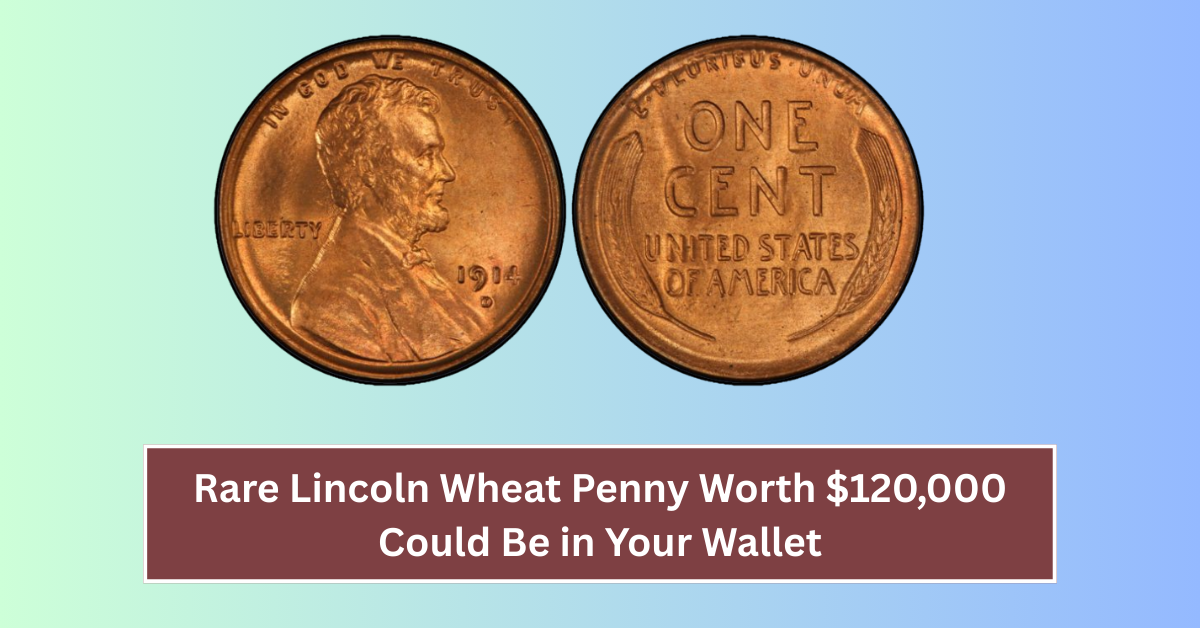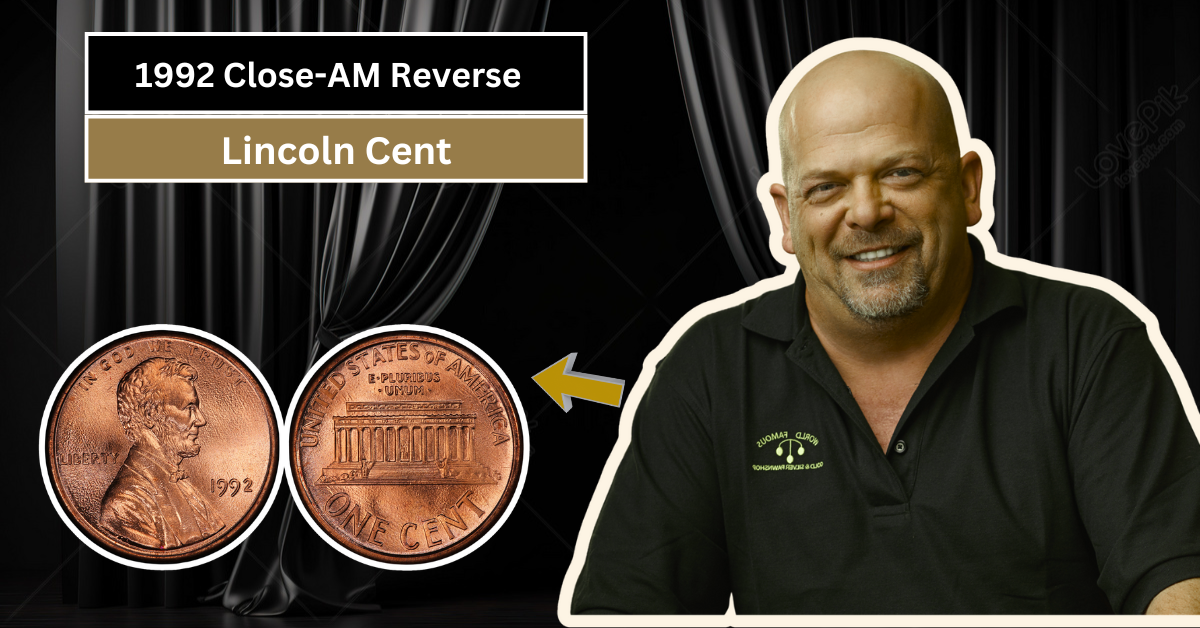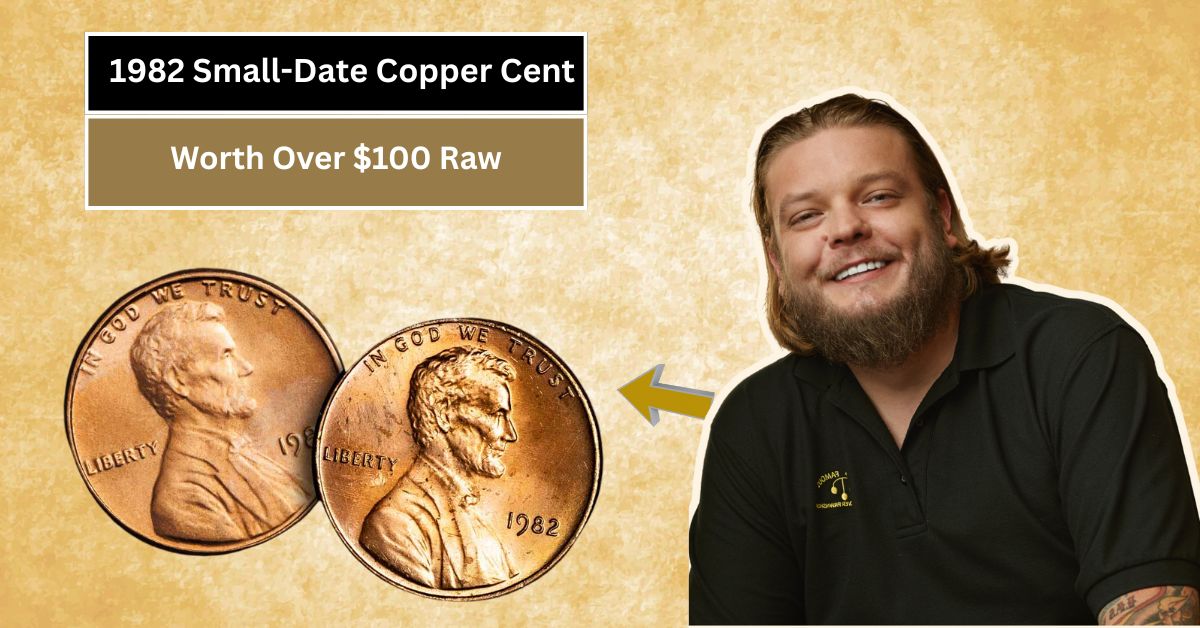Imagine finding out that a coin in your wallet or piggy bank is actually worth over ₹1 crore. Sounds unbelievable, right? But that’s exactly what’s happening with a rare Lincoln Wheat Penny from 1943, which has been valued at up to $120,000. This isn’t just a collector’s fantasy – some people have actually found this rare coin in their everyday change. So, what makes this penny so valuable? And how can you identify if you have one?
Let’s break it down simply.
What is the Lincoln Wheat Penny?
This Article Includes
The Lincoln Wheat Penny is a one-cent coin that was produced in the United States from 1909 to 1958. It features Abraham Lincoln on the front (obverse) and two wheat stalks on the back (reverse) – hence the name “Wheat Penny.” While many of these pennies are common and only worth face value, some rare versions are highly valuable to coin collectors.
Among all Wheat Pennies, one particular year – 1943 – stands out the most.
The Special 1943 Penny That’s Worth a Fortune
During World War II, the U.S. Mint needed copper for war materials. So in 1943, pennies were made using steel coated with zinc instead of copper. These “Steel Pennies” have a silvery look and are quite easy to spot.
However, a small number of 1943 pennies were accidentally made using the previous year’s copper blanks. These rare “1943 Bronze Lincoln Wheat Pennies” are the ones that collectors are willing to pay big money for.
Only a few of these copper 1943 pennies are known to exist, and one of them was sold for $120,000 at auction. That’s why people are being advised to check their spare change. You never know — your old piggy bank might hold a hidden treasure.
How to Identify the $120,000 Lincoln Penny
If you think you might have one of these rare coins, here’s what to look for:
- The Year: The coin must be from 1943. You’ll see this on the front, just under Lincoln’s portrait.
- The Color: A normal 1943 penny will look silver, because it’s made of steel. But if yours is brown or reddish like other copper pennies, it could be the rare version.
- Magnet Test: Use a small magnet. Steel pennies will stick to the magnet. Copper ones won’t. If your 1943 penny doesn’t stick to a magnet, it might be made of copper.
- Weight Test: Steel pennies weigh about 2.7 grams, while copper ones weigh around 3.1 grams. A digital scale can help you check this.
- Condition: The coin’s condition matters too. Even if it’s a rare one, damage or wear can reduce its value.
If your penny meets these signs, don’t try to clean it — collectors prefer coins in their natural state. Instead, take it to a professional coin appraiser or numismatist for proper verification.
Why Is It So Valuable?
The main reason for the high value of the 1943 copper penny is its rarity. It was a mistake — a few copper blanks were left in the machines when production switched to steel. This kind of error is very rare in the minting world.
Collectors are always looking for rare and unique coins. And when there’s only a small number of these coins in existence, their value increases dramatically. Think of it like a rare cricket card or a misprinted stamp — the fewer there are, the more people want them.
Where Can You Find One?
You don’t need to be a coin collector to find one. In fact, many people have discovered rare coins while sorting through old jars of change or cleaning out drawers. Some have even received them in regular store change. That’s why experts always say – check your coins carefully before spending them or tossing them aside.
Garage sales, flea markets, and even donations to temples or charities sometimes turn up old coins. If you’re into collecting, you can also visit coin shows or antique shops to learn more.
Final Thoughts
Coins might seem boring to some people, but every now and then, a small piece of metal can change your life. The 1943 copper Lincoln Wheat Penny is one of those rare finds. While the chances of finding it are small, it costs you nothing to check your change – and who knows? You might just hit the jackpot.
Even if you don’t find this exact coin, the world of coin collecting is full of interesting stories, historical facts, and hidden gems. It’s a reminder that sometimes, ordinary things hold extraordinary value.
So the next time you receive change after buying something, take a moment to look closely. That one-cent coin in your hand might just be worth lakhs.






